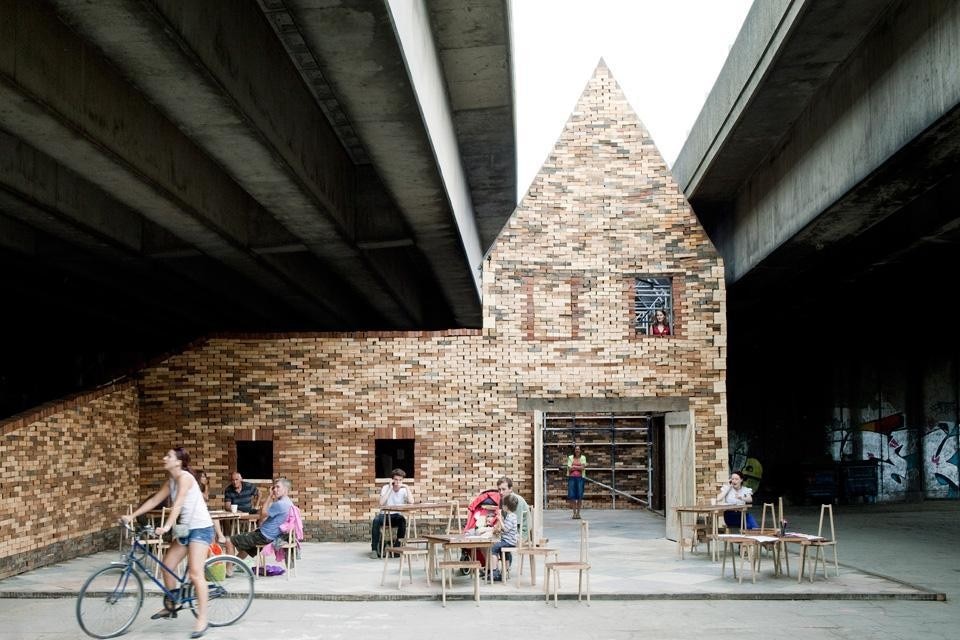Young architects in action series
An architecture report from London by Beatrice Galilee
During the month of August, Domus presented three encounters with a new vanguard of young, dynamic, socially-engaged architecture studios, who are changing the way the profession is perceived in the public eye. These include: 00:/ architecture and research office, the one truly mould-breaking practice in the UK; Practice, whose approach to architecture is certainly influenced by EXYZT's chaotic self-build, make-do, create, dismantle and make again attitude; and Assemble, a collective of Cambridge architecture graduates which at one point claimed to have more than 20 members.
[Read part 1]
[Read part 2]
[Read part 3]
![Top: Assemble, <em>Folly for a Flyover</em>, 2011. This temporary canal-side cinema under a London motorway flyover was assembled by a team of volunteers over the course of a month, using reclaimed materials. Above: Domus 458 / February 1968 page details. Enzo Mari's <em>Il posto dei giochi</em> [The place of games] for Danese in 1967 Top: Assemble, <em>Folly for a Flyover</em>, 2011. This temporary canal-side cinema under a London motorway flyover was assembled by a team of volunteers over the course of a month, using reclaimed materials. Above: Domus 458 / February 1968 page details. Enzo Mari's <em>Il posto dei giochi</em> [The place of games] for Danese in 1967](/content/dam/domusweb/en/news/2012/09/02/best-of-the-summer/big_392353_4593_big_391028_2932_4392.jpeg.foto.rmedium.jpg)
From the archive
The much-debated terms "pragmatic" and "ethical" applied to design are all intensely present in the work of Mari, who reconnects them to his broader experimental interests. However numerous and successful, his works are constantly directed strictly at exemplifying those terms. Mari produces design more than design products. Grounded and verified in visual language studies, the scientific process of his work is applied to designing objects that focus strongly on meaning and not effect. They are free from neologisms and aggressively promotional stimuli, that is to say they lack the aggressiveness typical of consumer fads.
When Mari created his first children's game — a wooden zoo puzzle designed in 1956 — he was ahead of all current developments in designs for children. Not surprisingly, he takes a constant interest in child psychology; children's natural disposition to grasp clear images and the elementary forms and unsophisticated message that distinguish Mari's style cast a fitting light on his vocation to naturalise industrial forms.
[Read the complete article]
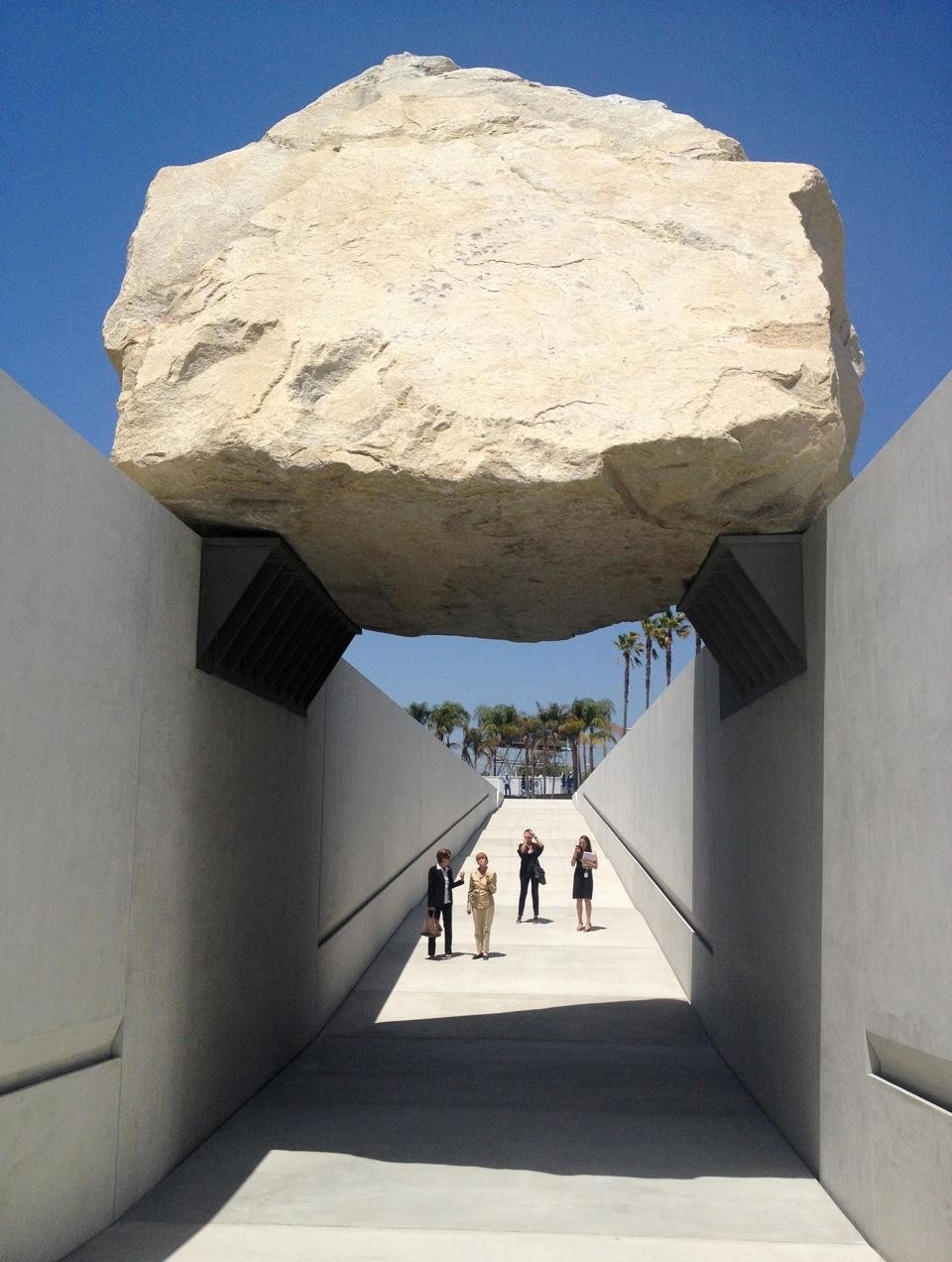
An art report from Los Angeles by Mimi Zeiger
In both of Vidler's lectures the same slide appeared, Richard Hamilton's collage Just What Is It That Makes Today's Homes So Different, So Appealing? that appeared as the poster for the Independent Group's This is Tomorrow exhibition in 1956.
Vidler outted the collage fragment depicting Earth that looms above at the top of the composition, noting that it was torn from a 1955 issue of Life. As this view of the world entered into mainstream public consciousness via the most popular magazine on the planet it carried with it the tension between rampant consumerism and the Cold War. Entitled a 100 Mile Portrait of Earth, the composite photograph was made from stills taken by an aerial movie camera attached to a rocket. At the time, no other color photo had ever been taken from such a high vantage point.
This popularization and implied democratization of a once-privileged view mixes with a Cold War chill in the exhibition Ends of the Earth: Land Art to 1974 at MOCA's The Geffen Contemporary in Los Angeles. This broad, historical retrospective brings together a generation of artists working under threat of nuclear annihilation, the space race, who possessed an expansionist drive to push outside of the gallery and into the unknowns of landscape.
[Read the complete article]
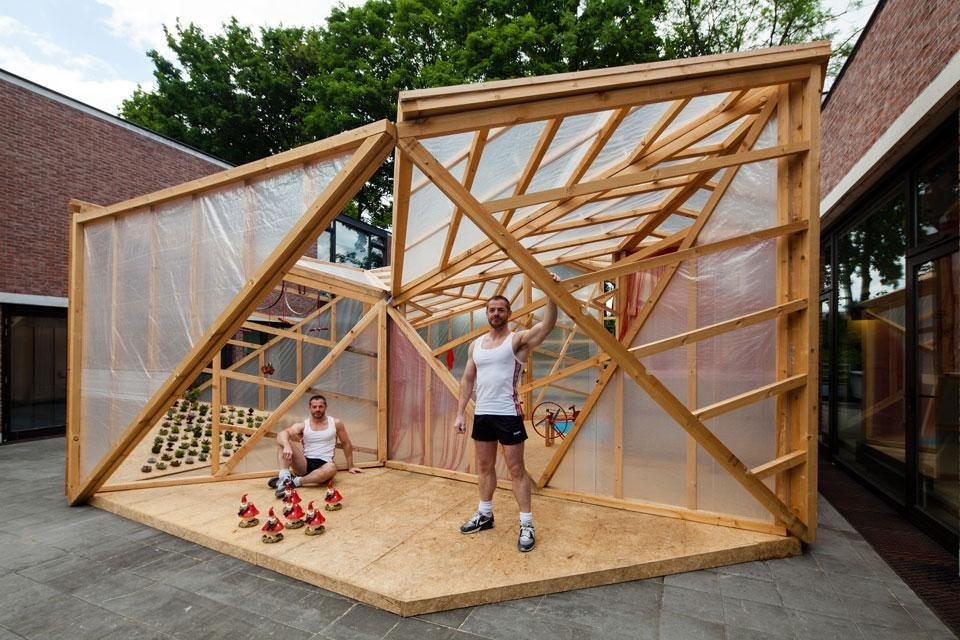
An architecture report from Brussels by Ariadna Cantis
Elii's current JF Kit House (Jane Fonda Kit House) installation at the terrace of Brussel's Centre International pour la Ville, l'Architecture et le Paysage (CIVA) in Brussels was conceived to create contents and build knowledge, all while pursuing studies into energy and sustainability in the domestic sphere. Part of the Paysage in Progress cycle, the proposal stems from research and is an invitation to turn the home into an energy-production unit. Elii have developed a workshop where people can experiment future habits and seek to balance geometry, dimensions and inclinations, and try out ways of altering the house to optimise energy yields, with the changes in the spatial uses being analysed at the same time. Sustainability requires the invention of a new culture, founded not only on technological solutions but also on changing habits.
[Read the complete article]
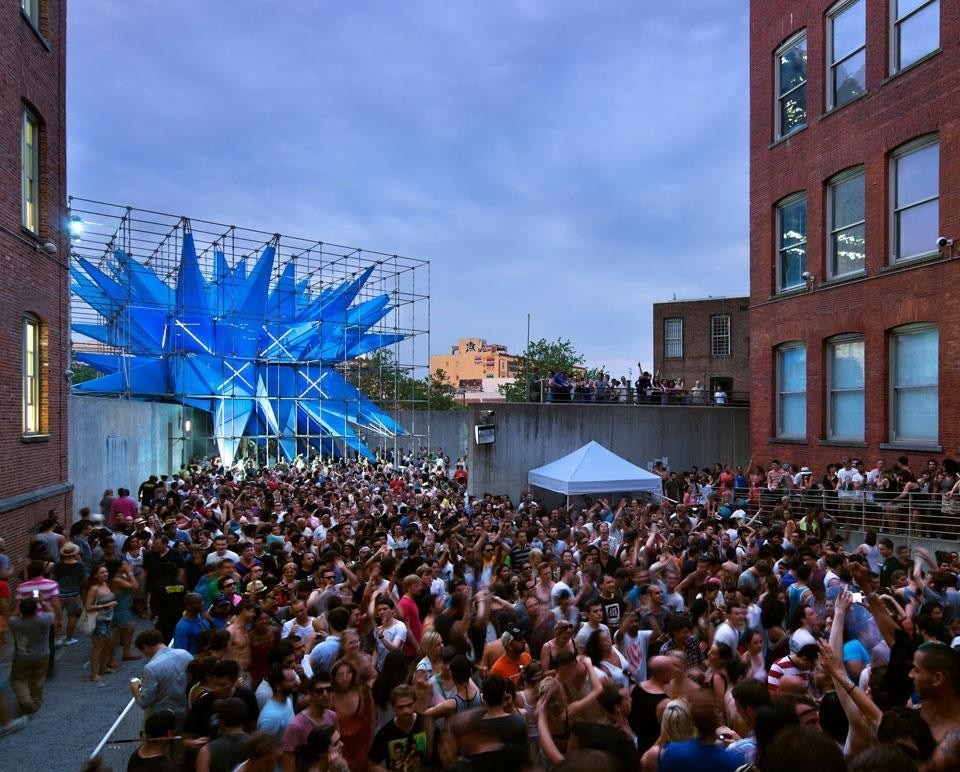
An architecture report from Queens by Florian Idenburg
Wendy — the HWKN-designed winner of MoMA/PS1's annual Young Architects Program — is the newest protagonist in the chronicles of the cooling mechanisms of New York. In a recent weekend, during my hallucinatory stroll through the city's blistering heat, she appeared as a mirage in the urban desert of Long Island City: an abstract, cool blue cloud miraculously floating above the walled courtyard of MoMA/PS1. Wendy brings together the ecstatic desires of Samuel "Roxy" Rothafel with George W Bush's solution to global warming. The iconic cooling concoction of fabric, fans, pipes and pools sits strapped in a grid of scaffolding. As a caged Hedjukian character, with spiky arms blasting cool air, music, water and mist, Wendy creates "social zones throughout the courtyard, while fighting pollution by taking 260 cars off the road." She is, per HWKN partner Mark Kushner, here "to inspire people to think about air and our environment — like pictures of the blue planet".
[Read the complete article]
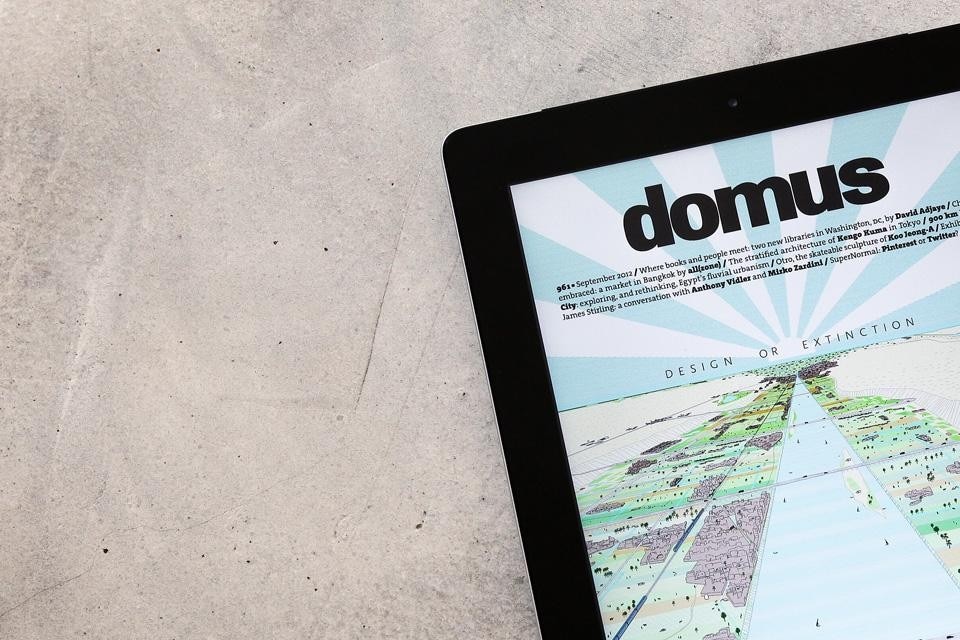
A news report from Venice
The Domus iPad application has been conceived for everyone who has chosen the tablet as their preferred reading and information platform, as well as all those who, despite remaining attached to print publications and viewing them as essentially irreplaceable, wish to experience a rich variety of multimedia and interactive contents. Developed on the Adobe platform, the Domus App was designed by Domus's creative director Marco Ferrari, with the collaboration of interaction designers Manuel Ehrenfeld and Dan Hill.
The iPad edition of Domus is built on Adobe's proprietary Digital Publishing Suite technology, an industry standard that readers will find familiar and intuitive. Launching in mid-September in the Apple Newsstand, the iPad edition of Domus is designed to take advantage of the high-resolution Retina display of Apple's new iPad for stunningly crisp and detailed images and razor-sharp browsing of plans, sections and construction details.
[Read the complete article]


